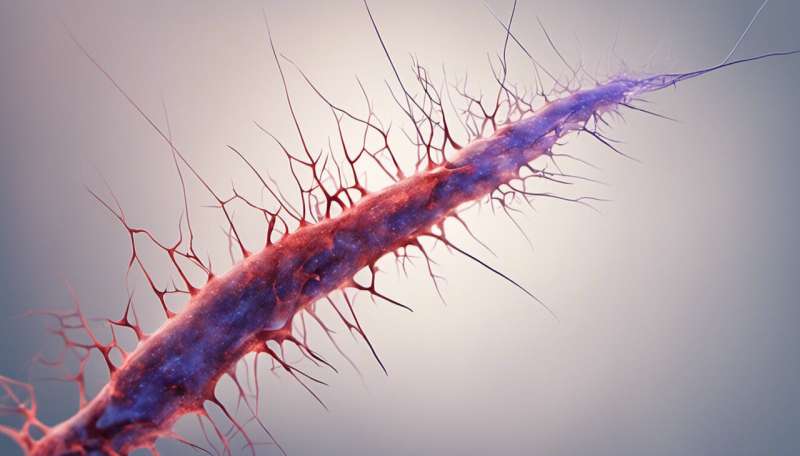Competing impairment of neurons governs pathology of a severe form of epilepsy

Dravet syndrome is a rare and severe form of epilepsy caused primarily by inherited loss-of-function mutations in a gene called SCN1A. This gene encodes a sodium ion channel known as Nav1.1 and is required for the proper function of brain cells. However, exactly which neurons go awry in the brains of Dravet syndrome sufferers remains poorly understood.
Working with mouse models of the disease, a team of researchers led by Kazuhiro Yamakawa from the Laboratory for Neurogenetics at the RIKEN Brain Science Institute has now demonstrated that the loss of functional Nav1.1 in inhibitory neurons leads to seizures and other symptoms of Dravet syndrome, while similar Nav1.1 impairment in excitatory neurons can have a beneficial effect1.
Yamakawa and his colleagues engineered a series of transgenic mouse lines with the aim of selectively disrupting the SCN1A gene in one of three neuronal subtypes at a time—forebrain excitatory neurons, global inhibitory neurons or a subpopulation of inhibitory neurons called parvalbumin cells. For each transgenic mouse line, the researchers determined the severity of epileptic symptoms and the levels of Nav1.1 expression in various brain regions involved in Dravet syndrome.
The effects of Nav1.1 deletion in inhibitory neurons were profound. The researchers found that mice lacking the Nav1.1 channel in just the global inhibitory neurons had more severe epileptic seizures than mice in which the channel was missing in all three neuronal cell types. Mice lacking the Nav1.1 channel in just the global inhibitory neurons also died prematurely. By examining the degree of Nav1.1 loss needed to elicit disease symptoms, Yamakawa's team showed that reducing Nav1.1 levels by even a small amount in parvalbumin cells proved sufficient to bring about spontaneous seizures and loss of motor function.
Unexpectedly, many of these symptoms were ameliorated by additionally eliminating the Nav1.1 channel in excitatory neurons. In this way, the researchers revealed that mice lacking Nav1.1 in both inhibitory and excitatory neurons had a much lower death rate than mice lacking the sodium channel in inhibitory neurons alone. "We have shown for the first time the protective effect of deleting Nav1.1 in excitatory neurons on the pathology of Dravet syndrome," says Yamakawa.
The findings could have important implications for the development of future treatments for this currently incurable disease. "Our results highlight the importance of targeting specific neuronal populations when considering potential therapeutic approaches," notes Yamakawa.
More information: Ogiwara, I., et al. Nav1.1 haploinsufficiency in excitatory neurons ameliorates seizure-associated sudden death in a mouse model of Dravet syndrome, Human Molecular Genetics, 6 Aug 2013. DOI: 10.1093/hmg/ddt331















